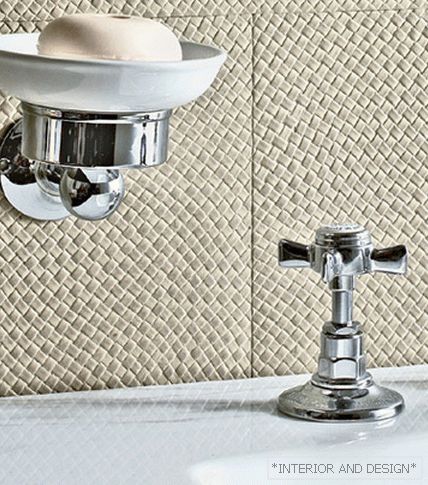Architect Marco Zanuzo (Marco Zanuso, 1916-2001) is one of the key figures of Italian post-war design. Designed houses, furniture, household appliances. One of those who raised the economy of Italy and gave Italian design optimism, avant-garde and new breath.
Related: Achille Castiglioni - Eccentric Legend of Italian Design
His things are elegant and practical. It is thanks to such subjects and authors who used new technologies and materials, Italy has become a world leader in the field of design. His design method was to put a simple function into a sculptural form. Among the most famous models is the portable acrylic radio receiver of 1963, the TS-502, designed together with Richard Zapper for Brionvega, an original two-part design. The radio, along with several other items by Marco Zanuzo, is in the collection of the New York Museum of Modern Art. Paola Antonelli, curator of the MoMA design department, highly appreciates the designer's approach: “Marco always knew how to use new technologies and understand what a brand needed, to create an absolutely new, previously unseen object.”
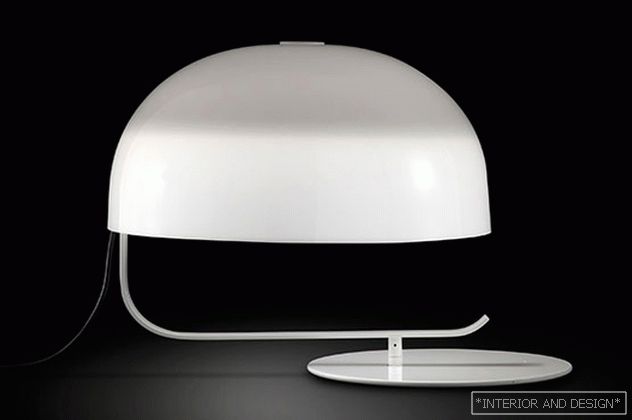 275, Oluce, 1963-1965. Table lamp with a twist.
275, Oluce, 1963-1965. Table lamp with a twist. 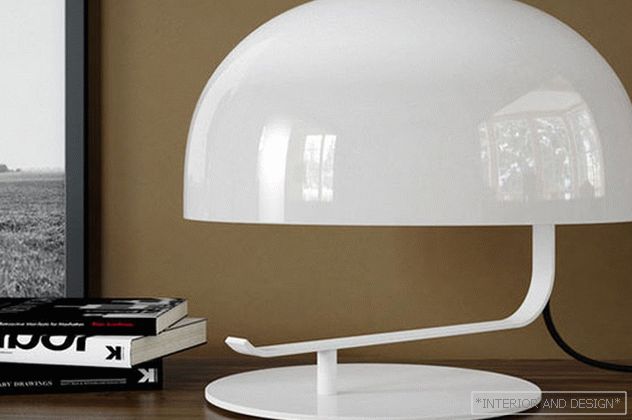
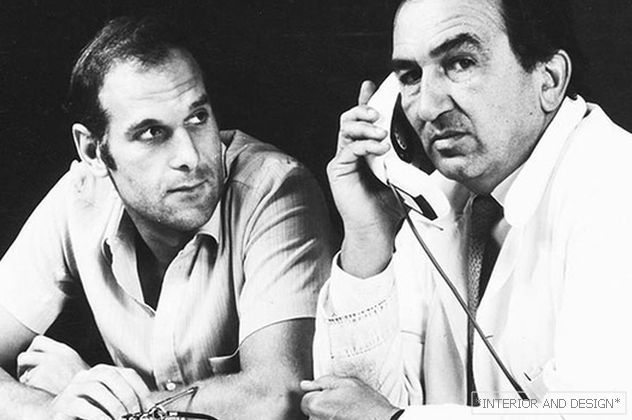 Together with designer Richard Zapper.
Together with designer Richard Zapper. 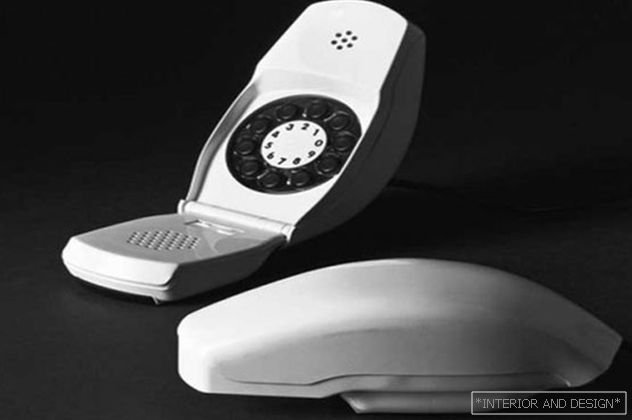 Grillo Phone for Siemens. 1966
Grillo Phone for Siemens. 1966 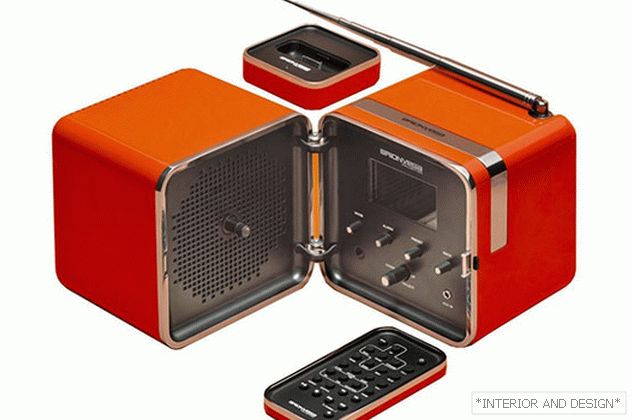 TS-502 Portable Radio Designed with Richard Zapper for Brionvega. 1963.
TS-502 Portable Radio Designed with Richard Zapper for Brionvega. 1963. 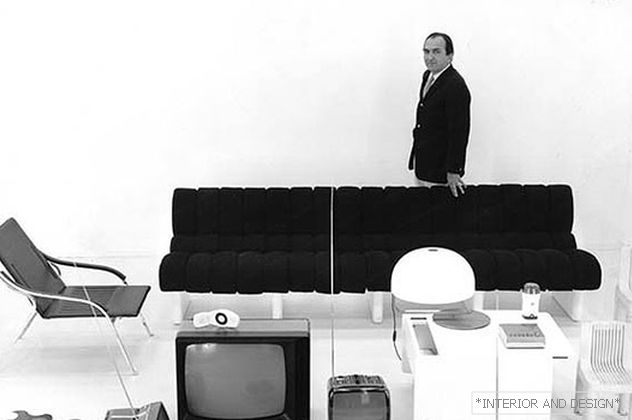 Marco Zanuzo and his key stuff.
Marco Zanuzo and his key stuff. Marco Zanuzo, Milanese, born May 14, 1916. In 1939 he received the diploma of an architect, having studied at the Milan Polytech. After serving in the navy during the Second World War, in 1945 he opened his own studio. He married, later his three daughters Federica, Lorenz and Susanna were born with his wife Billa Zanuzo. In the late 1940s, Zanuzo worked as an editor of the iconic Italian magazines Domus and Casa Bella. On the pages of both publications, he actively promoted modern Italian design and his own experiments with new materials, such as foam latex.
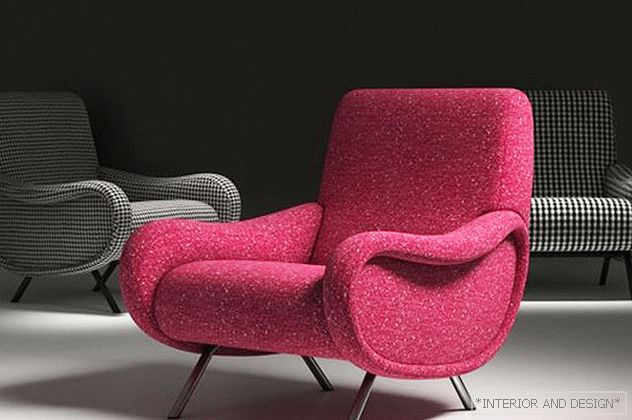 Chair 720 Lady, 1951. Today Cassina is produced. The iconic model popular with decorators is offered upholstered by Raf Simons (Kvadrat).
Chair 720 Lady, 1951. Today Cassina is produced. The iconic model popular with decorators is offered upholstered by Raf Simons (Kvadrat). Zanuzo loved the comfortable chairs. One of the most famous, popular in Italian families and loved by decorators all over the world, is the Lady chair (produced by Arflex) - a 1951 project, made of foam rubber and Nastrocord elastic tape. This chair is considered a breakthrough in the field of modern upholstered furniture. Lady, together with the Triennale sofa in the same year, Marco Zanuzo put up for the IX Design Triennale in Milan and received two gold medals. Famous Zanuzo armchairs are republished by the top brands of the Italian furniture industry - Cassina (in new upholstery from fashion designer Raf Simons) and Zanotta.
Related: Raf Simons: home textiles and impressionist landscapes
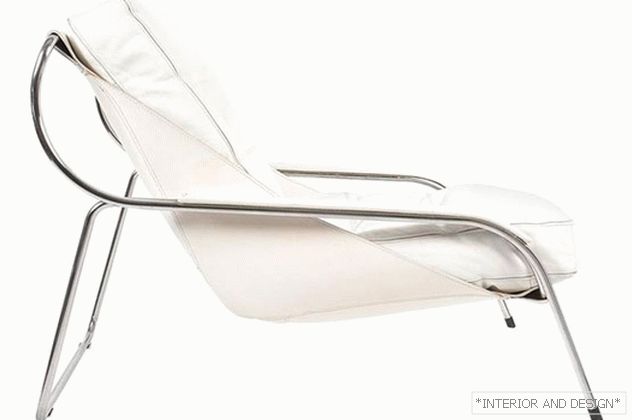 Maggiolina chair in leather upholstery. Zanotta. 1947.
Maggiolina chair in leather upholstery. Zanotta. 1947. 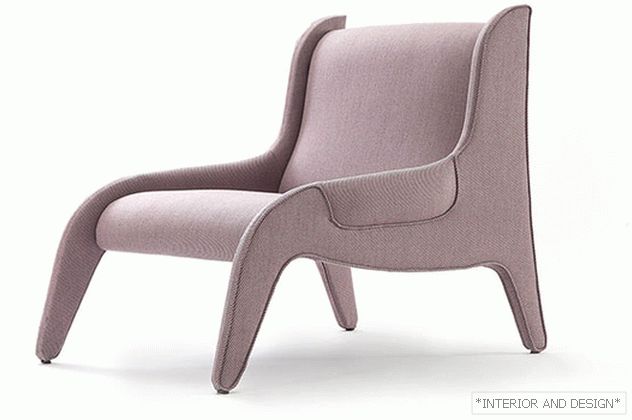 Armchair 721 Antropus. 1949. Designed for Arflex. C 2015 releases Cassina.
Armchair 721 Antropus. 1949. Designed for Arflex. C 2015 releases Cassina. 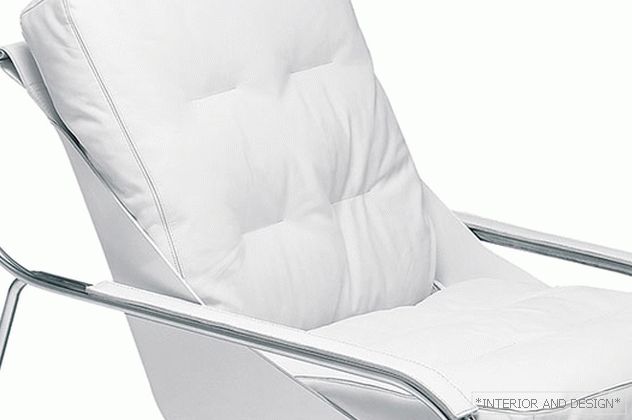 Maggiolina chair in leather upholstery. Zanotta. 1947.
Maggiolina chair in leather upholstery. Zanotta. 1947.  Chair 720 Lady, 1951. C 2015 produced Cassina in the collection of iMaestri.
Chair 720 Lady, 1951. C 2015 produced Cassina in the collection of iMaestri.  Table for Zanotta. 1979. Modern version in black marble. Initially, the model has several options. The main one - with metal legs and glass top.
Table for Zanotta. 1979. Modern version in black marble. Initially, the model has several options. The main one - with metal legs and glass top. From 1955 to 1957 Marco Zanuzo worked as an architect at Olivetti, designing plants in São Paulo and Buenos Aires. He later teamed up for project activities with Richard Zapper, a young, talented German designer who lived in Milan. With him, Zanuzo designed together until 1977. Together they came up with a Lambda chair for Gavina, a Grillo phone for Siemens (1966), a kitchen scale for the French factory Terraillon (1970) and a variety of home appliances for Brionvega. This pair designed the design for advanced Italian electronics, the Italian response to the style that Germany and Japan shaped.
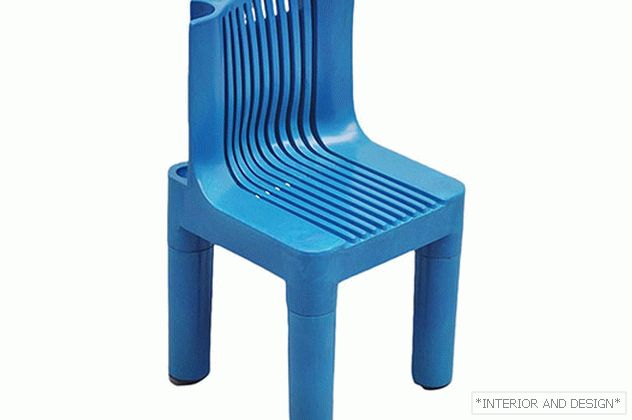 Children's chair 4999, Kartell. 1964.
Children's chair 4999, Kartell. 1964. Among the successes of the duo Zapper-Zanuzo is the chair model 4999, 1964, produced by Kartell. Bright red children's chair with removable cylindrical legs and ribbed back - the ribs are needed in order to reduce the weight of the chair while maintaining stability. It was the first chair entirely made by plastic injection molding.
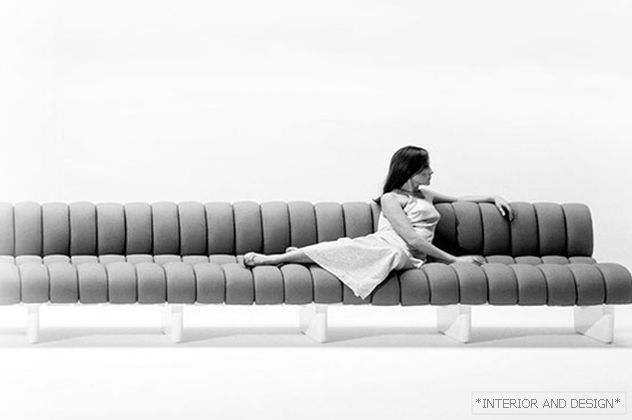 Диван Lombrico, B&B Italia, 1967.
Диван Lombrico, B&B Italia, 1967. В 1972 году нью-йоркский Музей современного искусства заказал архитектору Марко Дзанузо, наряду с другими классиками: Этторе Соттсассом, Марио Беллини, Гае Ауленти, — авторские инсталляции для культовой выставки «Италия: Новый домашний ландшафт» («Italy:The New Domestic Landscape»). «Практический разум» Дзанузо представил фургон-амбулаторию, которая превращалась в жилую комнату. Тогда же увидел свет диван Lombrico, известный как «бесконечный» диван, одна из популярных моделей 70-х. Составленный из модулей стеклопластика с сидениями из поролона (пенопласта), он напоминал гигантскую гусеницу и был выпущен фабрикой B&B Italia.
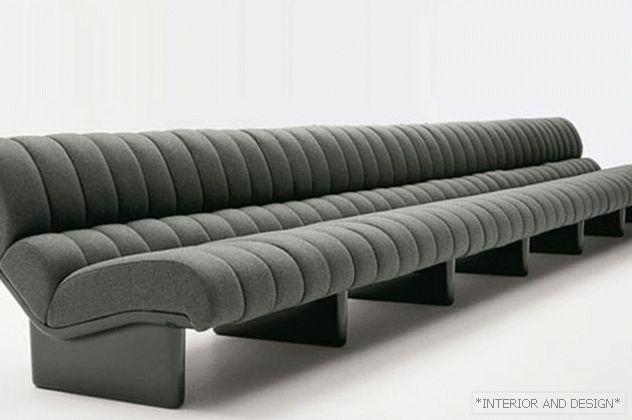 Диван Lombrico, B&B Italia, 1967. Он лучше всего для своего времени выражал идею модульности и предназначался для общественных мест.
Диван Lombrico, B&B Italia, 1967. Он лучше всего для своего времени выражал идею модульности и предназначался для общественных мест. Related: Made in Italy: 7 loudest remakes
Since the 1970s, Zanuzo has taught Politecnico di Milano students the architecture and industrial design. He designed the I.B.M. headquarters. in Milan and the I.B.M. in Rome. Among his later architectural works is the restoration of two Milan theaters (Teatro Studio del Piccolo Teatro, 1983) and the non-rutualist building of Teatro Piccolo, 1995.

